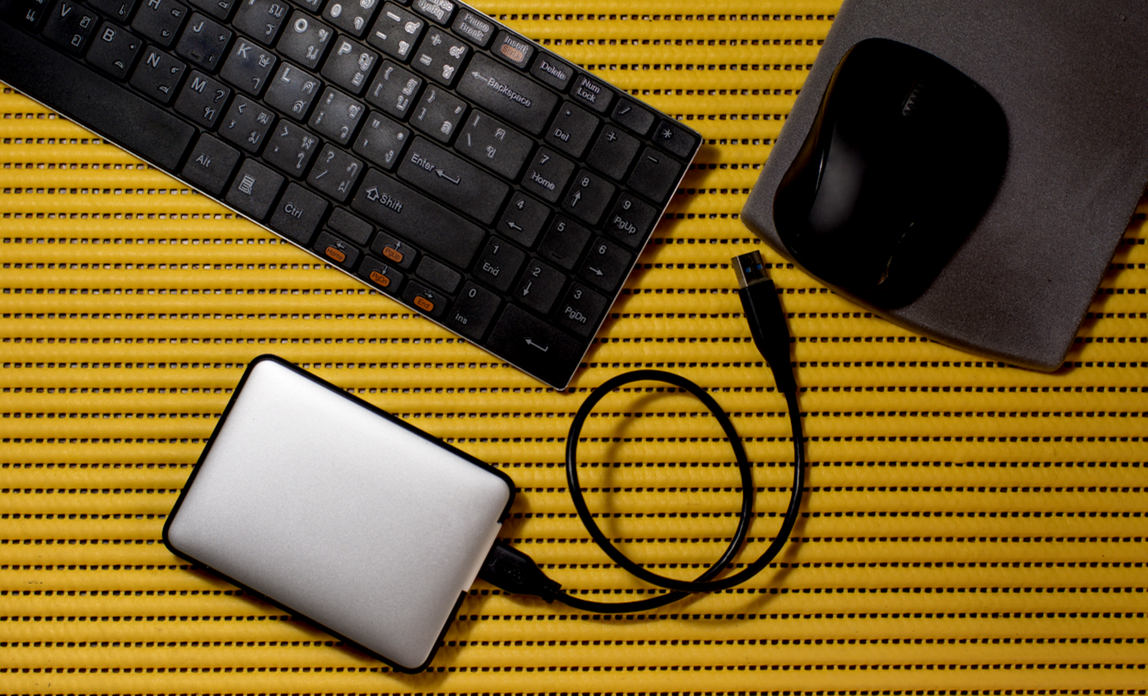 Accessories add additional functions to your computers. Some come with your computer as standard, while others can be added as required
Accessories add additional functions to your computers. Some come with your computer as standard, while others can be added as required
Accessories such as a keyboard and mouse may be essential in order to operate your computer. Others – such as graphics tablets and barcode readers – may be useful for specialist tasks.
Computer accessories are also called computer peripherals and can include
The best way to assess which computer peripherals would be useful for your business is to define your hen match suitable accessories with these.
Get the right computer monitor
It’s important everyone in your business has a computer monitor which is adequately clear, large and bright.
Larger computer monitors are easier to work with. Computer monitors with a 21” screen (measured diagonally) should be the minimum, but larger sizes are increasingly affordable.
If you can afford it, a 27″ screen will give you an impressive space to work in. Go for a monitor with a higher resolution too (1920 x 1080 pixels or more) – this measures what you can fit onto the computer monitor.
Look for computer monitors which can be easily swivelled, tilted and adjusted for height. Some are touch-sensitive, allowing you to control your software by tapping, swiping and dragging on the screen.
It is possible to use two computer monitors with one computer. This is often called ‘dual screen’ or ‘dual computer monitors’.
A dual-screen setup can improve productivity by giving you more space to work in, if your computer supports it. Just bear in mind the law of diminishing returns if you fancy going beyond two screens!
Computer keyboard and mouse
Most desktop computers come with a cheap keyboard and mouse as standard. These are usually basic models which may have poor ergonomics or be unpleasant to use.
People who spend all day typing or using the mouse on their computer may see significant benefits from It’s not just about being comfortable – conditions like repetitive strain injury and carpal tunnel syndrome are associated with poor ergonomics.
Unresponsive keyboards and inaccurate mice can also dent the efficiency of staff, especially if they’re great touch typers or designers who need pixel-perfect precision. In these cases, it’s worth finding an input device that fits the needs of the person using it.
A good keyboard should cost from £30 and a mouse about £20. You will pay more for wireless versions, so consider whether you really need them. It’s often best to spend the extra money on a better designed input device instead.
Unlike other pieces of hardware in your business, it may be unwise to standardise on a single type of keyboard and mouse for everyone. People have individual ergonomic needs, so you cater for these by offering a range of models.
